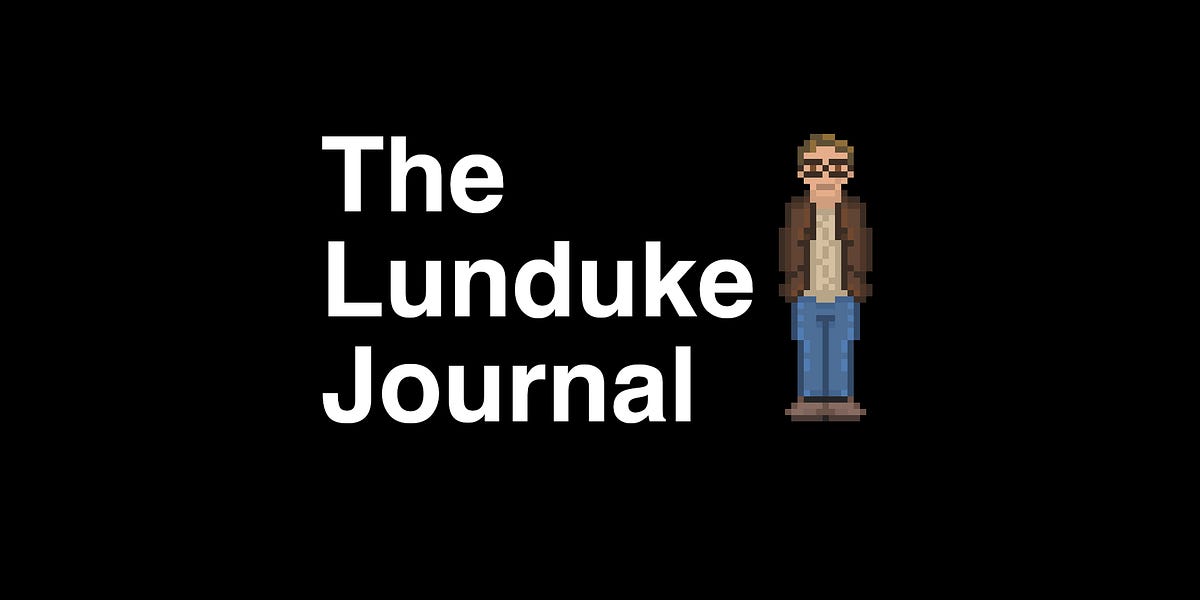Back in 1994, Nintendo filed a patent in the USA for something truly remarkable.
Patent US6115036A - “Video game/videographics program editing apparatus with program halt and data transfer features”
To put it in clear terms:
The Nintendo Game Processor was a custom built computer — complete with a keyboard & mouse — that was built with one specific purpose: to visually create your own Super Nintendo games, via drag and drop, and write those games onto an actual SNES game cartridge.
Here’s a glimpse at what the Game Processor would have looked like:
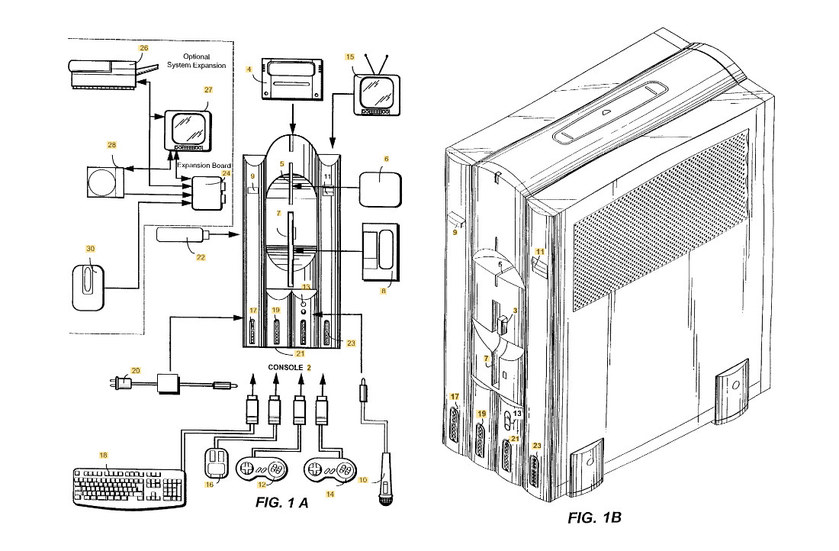 Note the four SNES / Super Famicom style game connectors on the front. One for keyboard, one for mouse, and two for SNES controllers.
Note the four SNES / Super Famicom style game connectors on the front. One for keyboard, one for mouse, and two for SNES controllers.
Note the cartridge slot on the very top of the unit. In this slot is where you would place a battery-backed, SRAM cartridge. When you created your game, it could be exported to the SRAM on that cartridge… the battery would keep the contents in RAM… thus allowing your game to be playable on anyone’s regular SNES.
The RAM-based cartridges were known as “Game Processor RAM Cassettes”. There’s not a ton of these floating around, but some were clearly produced. They even pop up on eBay from time to time (so we know what they look like):
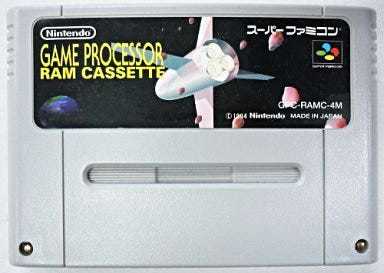
Unfortunately, because the data was stored entirely on battery backed RAM… the odds of finding a cartridge with a fully in tact game are close to zero.
Here is what one of these RAM cartridges looked like inside the case:
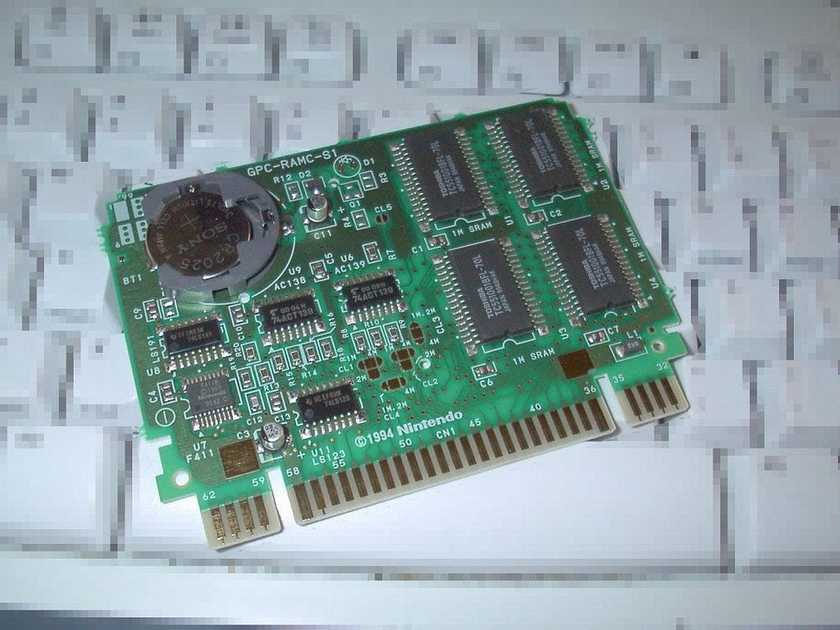
So, what did the software look like that allowed you to create these Super Nintendo games? Well, we don’t actually know a whole lot about that. But we do know at least one of the possibilities (the one outlined in the patent itself) was called “Mario Factory.”
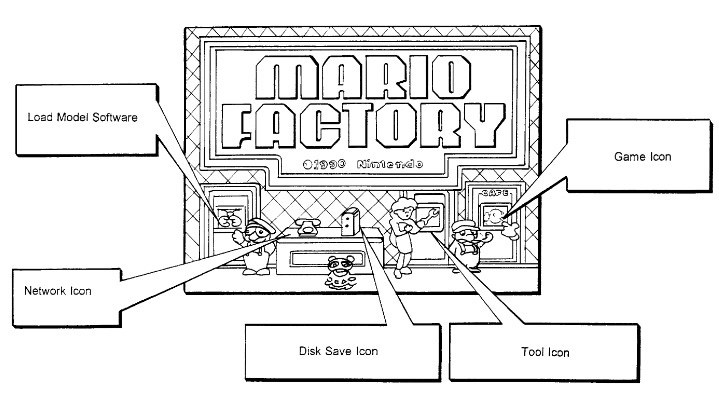
Much like how Super Mario Maker nowadays works, Mario Factory would allow you to lay out a map to design game levels. The patent uses a variation on the original “Mario Bros” game… such as in this illustration:

But it clearly was intended to go much further than creating just levels in a Mario game. Most aspects of the game appeared to have been (visually) programmable. Changing sprite direction, playing sounds, etc. could all be tied to actions.

Sprites could be designed entirely within Mario Factory and animations created based on them.
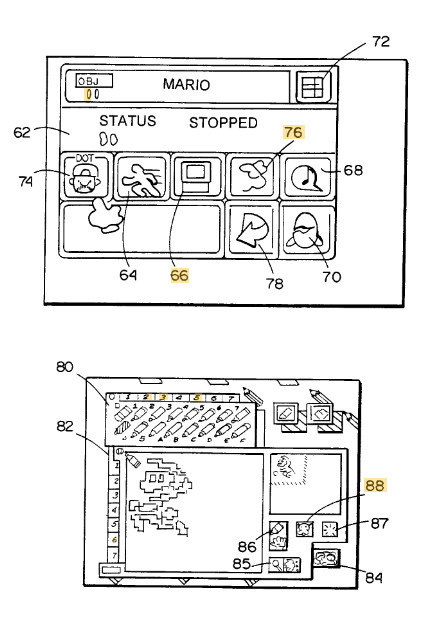
You could even create in-game music using a traditional sheet music interface. Very strong “Mario Paint” overtones here.
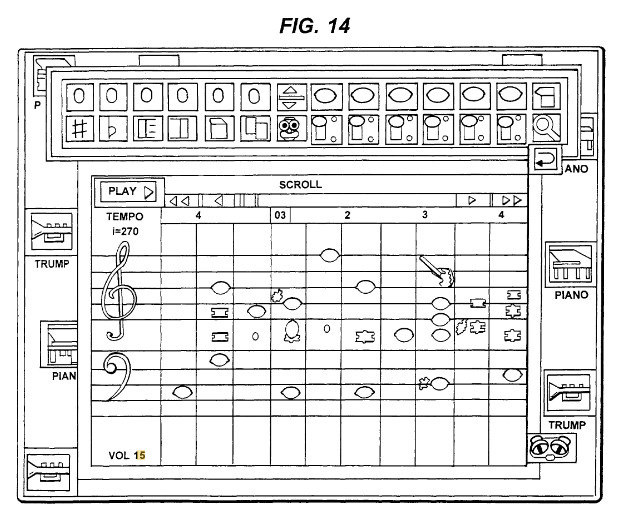
Again, every aspect of the sprite control appears to be configurable. Here using visual representations of the SNES controllers. “While Pressing [D-Pad Right] Move Right”. Lots of possible conditionals to customize the controls: “Only when Pushed”, “While pressing”, etc..
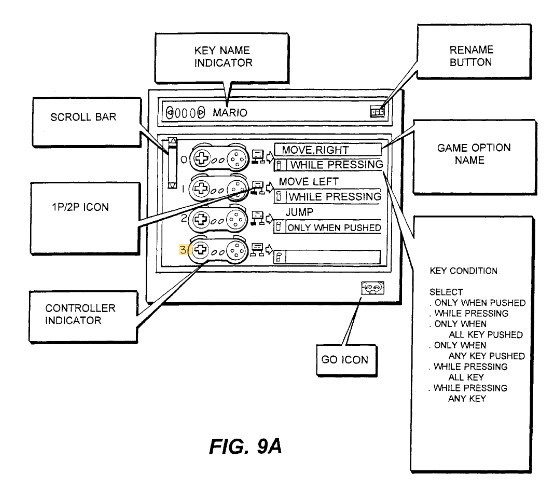
So.
How does this all work, exactly? From the patent:
“The main CPU and game CPU cooperate in the game execution and editorial process such that an editing screen generated by the main CPU is superimposed on a game screen generated by the program executing CPU. The game processing console includes ports connected to a wide variety of peripheral devices including a standard television set, keyboard, game hand controllers, mouse, modem board, an interface board for coupling the game processor to a personal computer system, floppy disk drive, an external RAM game cartridge and a user's ID card.”
A fairly fascinating way to approach it.
As I understand it, the Nintendo Game Processor really is two machines in one: A SNES (the “Game CPU”), and a more PC-styled side (the “Main CPU”).
The game itself runs on the SNES portion… and the main CPU overlays all of the editing tools on top of it. So you aren’t running a Super Nintendo emulator or simulator… there’s no interpreted runtime environment… you’re creating a real SNES game and running it on real SNES hardware… as you are developing it.
A super cool way of doing this sort of thing.
Nintendo clearly intended this to (at least in part) be targeted at schools:
“In accordance with the present invention, unique video games may be simply created by users ranging from a relatively unsophisticated elementary school students to sophisticated game developers. A unique hardware and software platform enables users to create original games by selecting icons which access more detailed editor screens permitting the user to directly change a wide variety of game display characteristics concerning moving objects and game backgrounds.”
Gotta help those “unsophisticated elementary school students” out. :)
This system seemed to have partially existed, at least to some degree. RAM cartridges have been found. And some ROM/RAM dumps have been recovered, that appear to have been made with the system, for Nintendo’s long dead “Satellaview” service (which allowed people to download regular games from Nintendo).
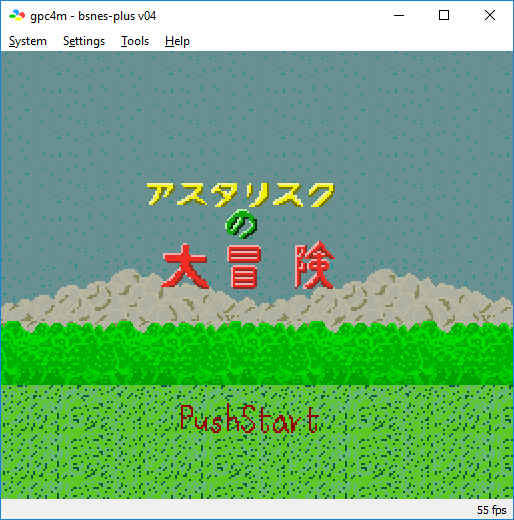
That said… I have yet to see any actual picture of a complete “Nintendo Game Processor” system. Nor have I found any screenshot (or any files pertaining to) the “Mario Factory” software, itself.
But one can’t help but imagine just how cool this would have been… all the way back in 1994.

